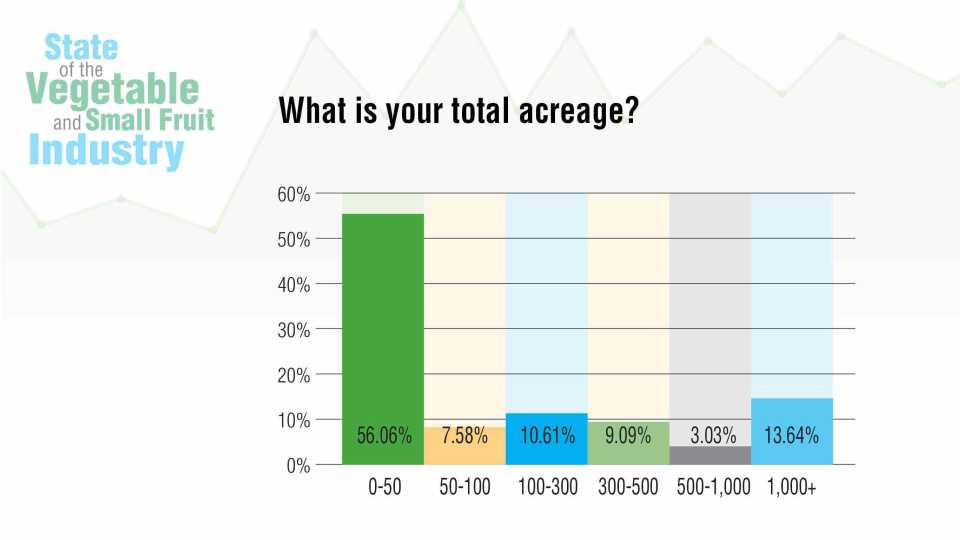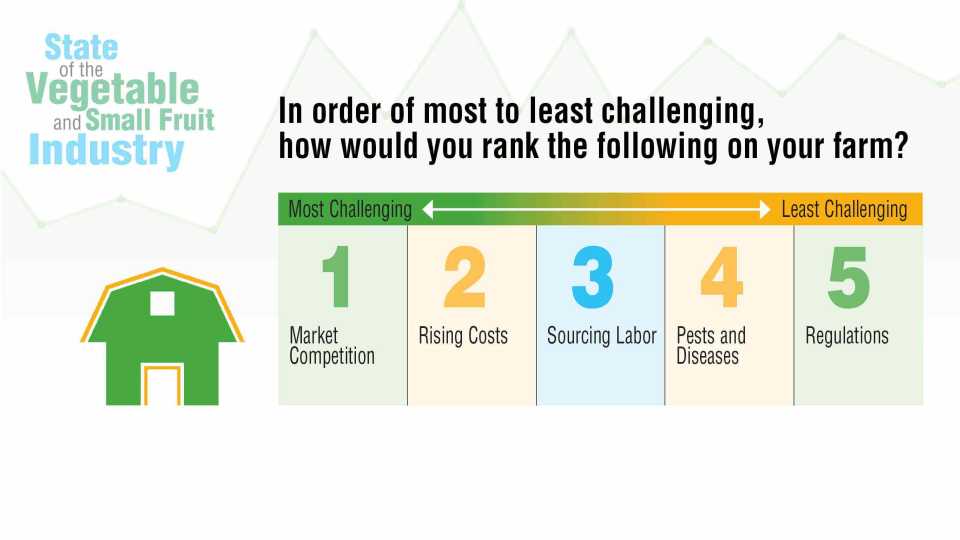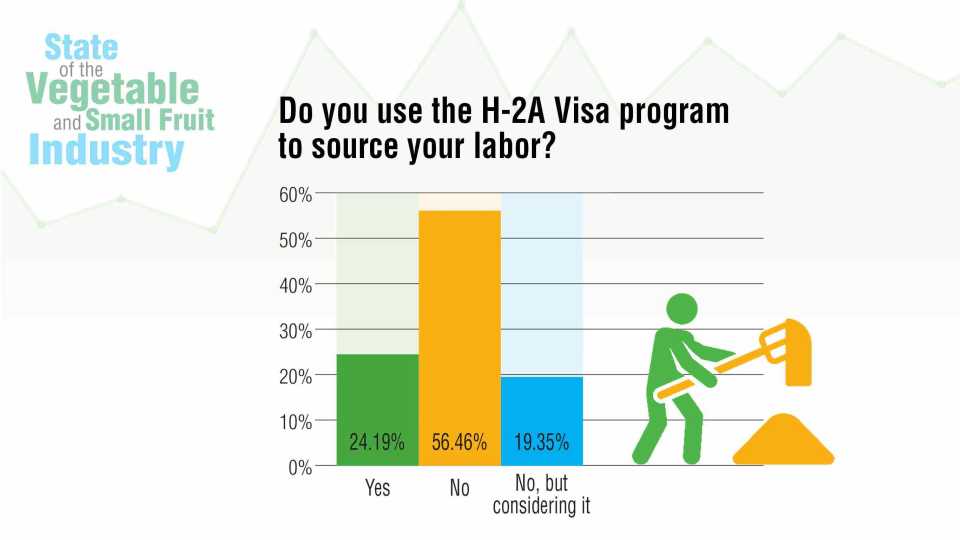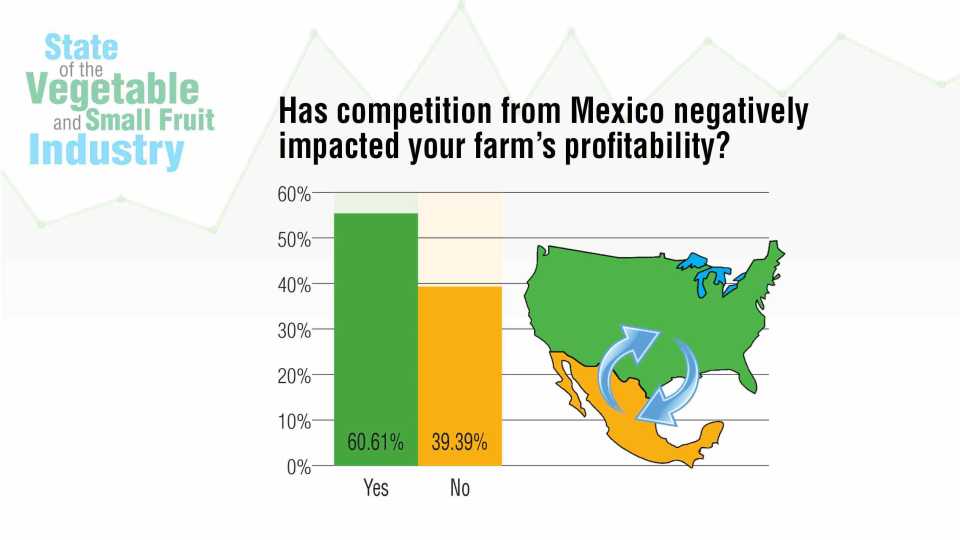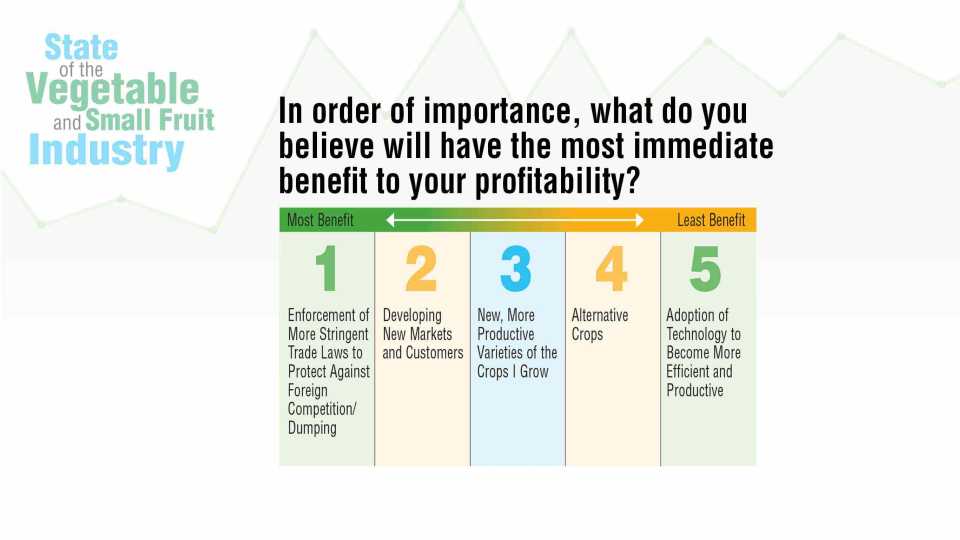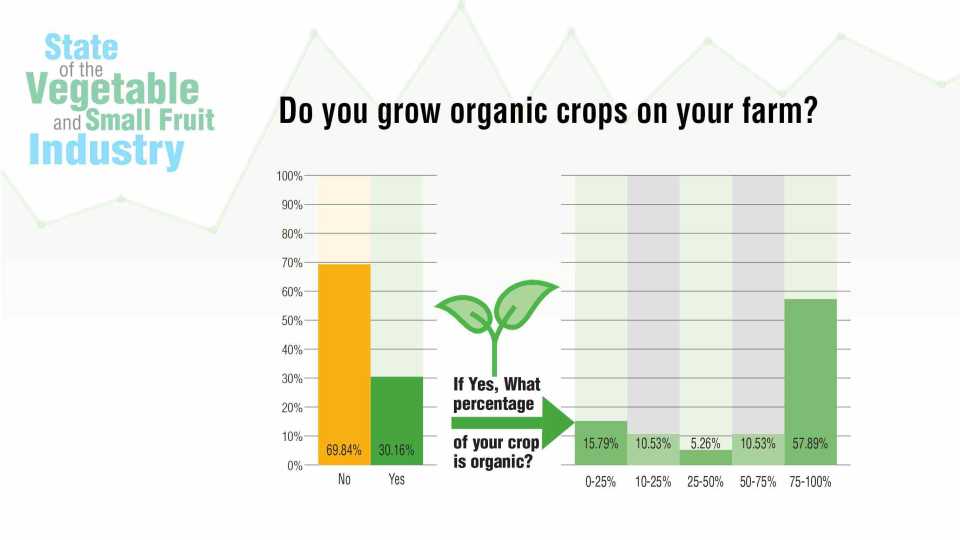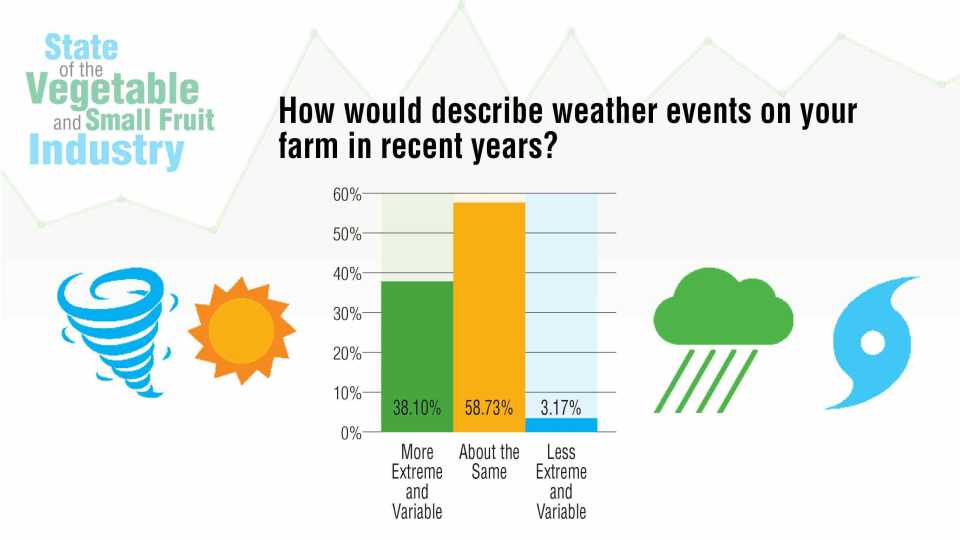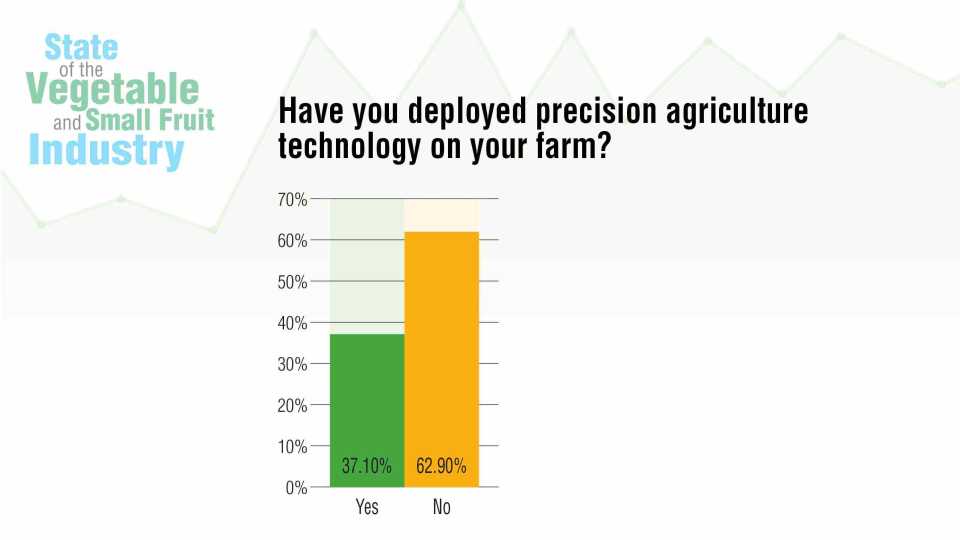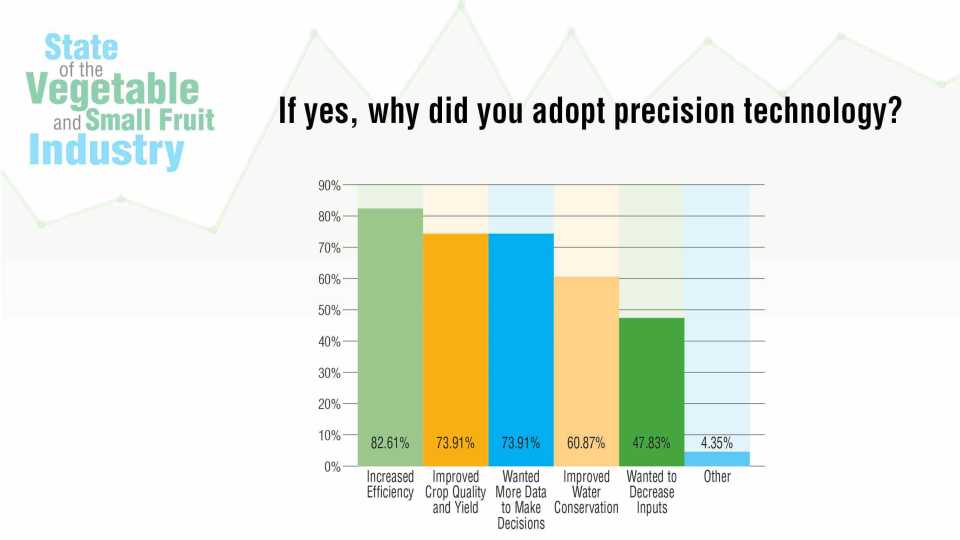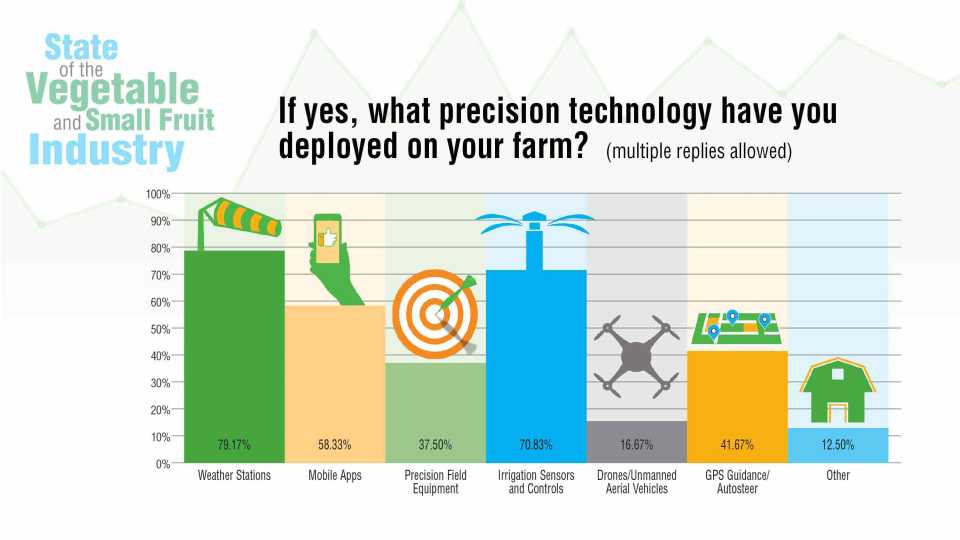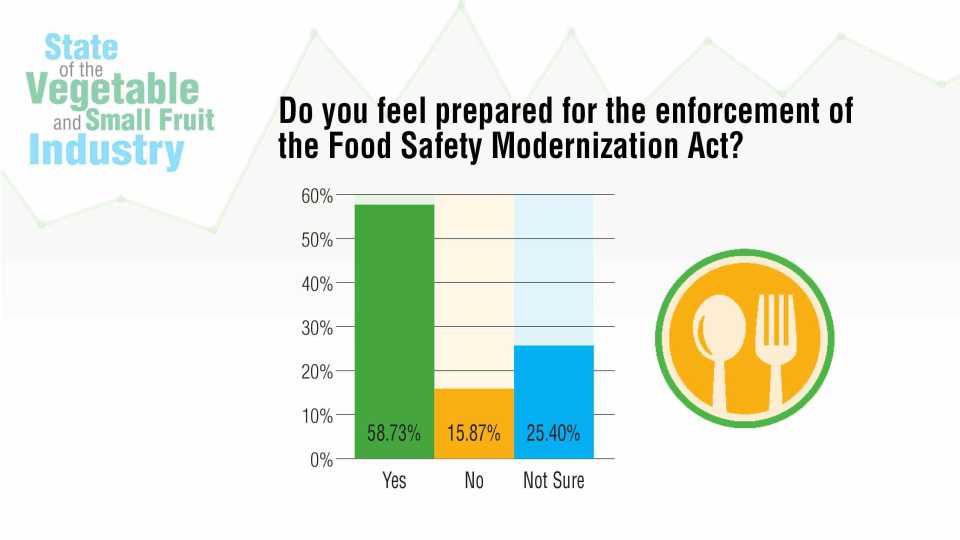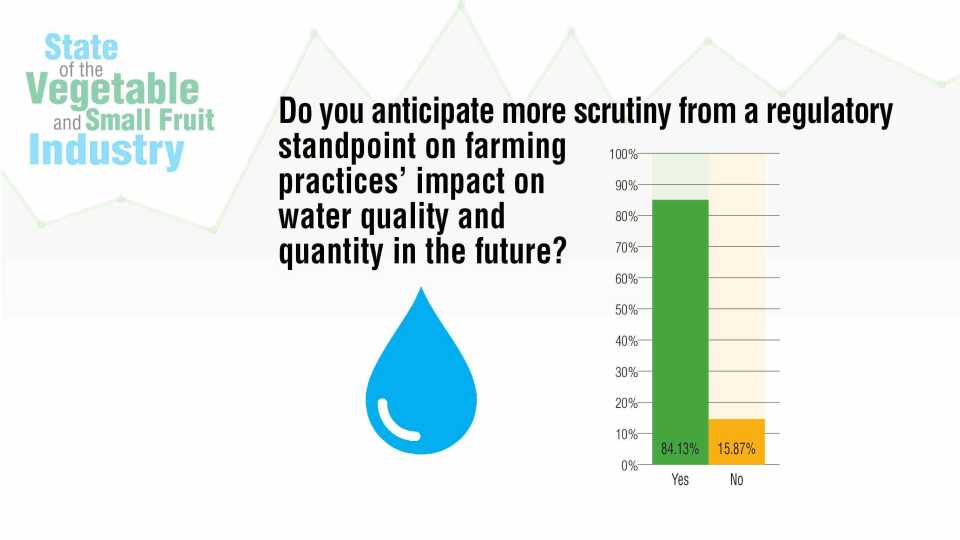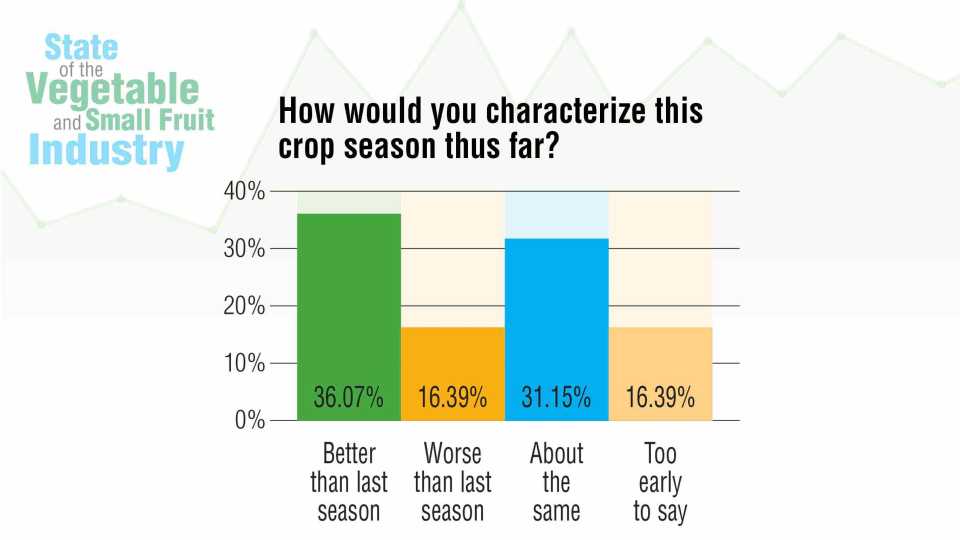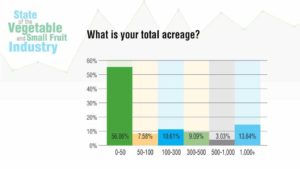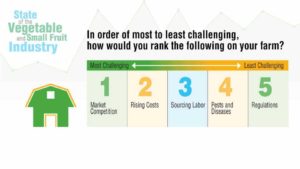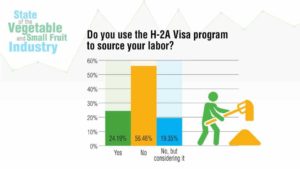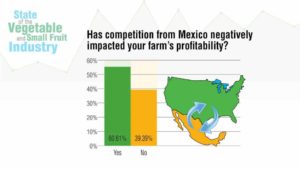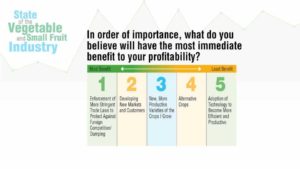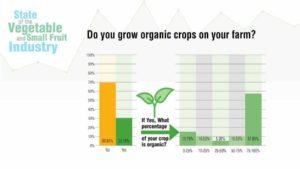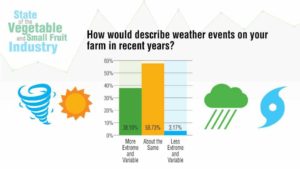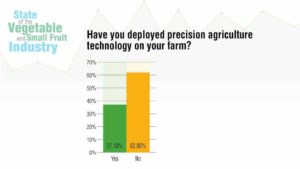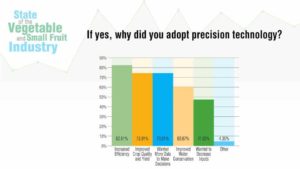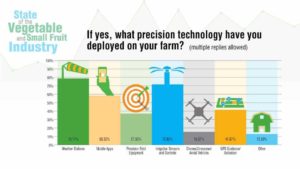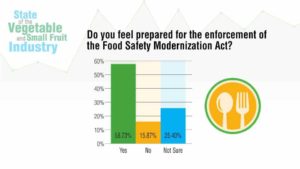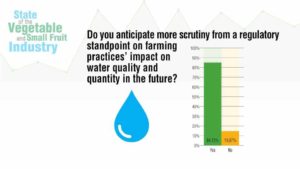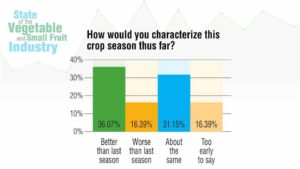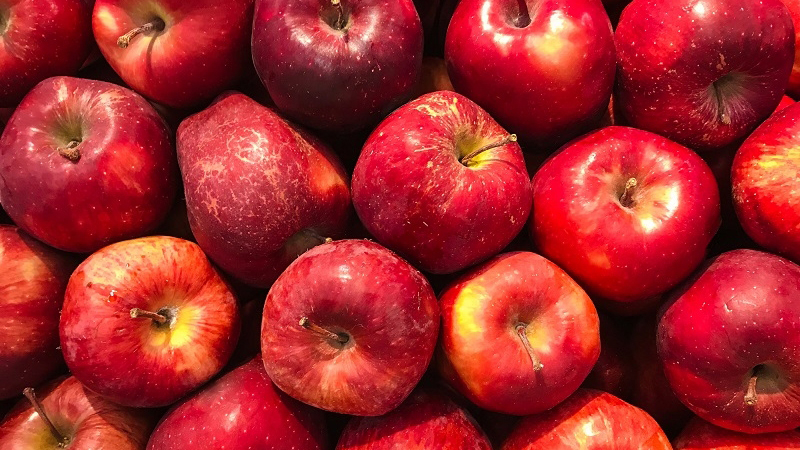Insight on the State of Florida’s Vegetable and Small Fruit Industry
In March, Florida Grower magazine reached out to its readers who grow vegetables and small fruits to get their take on the biggest challenges and opportunities facing their farming operations. It’s not a big surprise that reoccurring themes rose to the top in the online survey. Fair trade, rising costs, labor uncertainty, and water concerns were high among the challenges. Developing new markets, new, more productive varieties and alternative crops, and adoption of technology were chief among opportunities.
Labor Uncertainty
Sourcing legal and reliable workers has been a major ongoing concern for Florida growers. It has driven more and more producers to tap into the H-2A visa program to recruit workers. Despite the program’s cost and red tape, it is rapidly expanding across the country. For a number of years, Florida was the No. 1 user of the program but recently has been knocked out of the top spot by Georgia. Nationally, the number of H-2A workers coming into America has tripled in the past decade.
Foreign Competition
The biggest hot-button issue in Florida’s specialty crop industry is the ongoing trade dispute with Mexico. Since the North American Free Trade Agreement (NAFTA), Florida growers have been hit hard by imports from Mexico, which have taken more than half of the U.S. market share for produce crops. NAFTA’s replacement — the United States-Mexico-Canada Agreement (USMCA) — provides no trade remedies for Florida. Basically, it is more of the same.
The tomato industry has felt the blow of Mexican imports. According to the Florida Tomato Exchange, an agreement put in place years ago to suspend an investigation of the country dumping tomatoes into the U.S. market, has failed. That’s why 48 members of Congress from 11 states sent a letter to U.S. Commerce Secretary Wilbur Ross in February requesting the termination of the suspension agreement. The Commerce Department agreed, and the agreement was scheduled to terminate this month, allowing the antidumping investigation on Mexican tomatoes to restart.
Meanwhile, Sen. Marco Rubio (R-FL) has sponsored the Defending Domestic Produce Production Act, which would put in protections for specialty crop growers against inadequacies of the USMCA. In Florida, strawberry, pepper, cucumber, and blueberry growers also have felt the pinch of Mexican imports.
New Market Opportunities
Growers are always keen to find new buyers of their produce and even a new crop to fill an in-demand niche. In recent years, there has been a proliferation of alternative crops stirring up interest in Florida.
“The potential for innovation and diversification –– the qualities that keep specialty crop agriculture thriving –– is as great as it’s ever been,” says Mike Joyner, President of Florida Fruit & Vegetable Association. “We’re blessed with the kind of climate that makes it possible to grow a wide variety of crops. Research is ongoing in potential new crops for Florida such as pongamia, hops, artichokes, pomegranates, and even tea.”
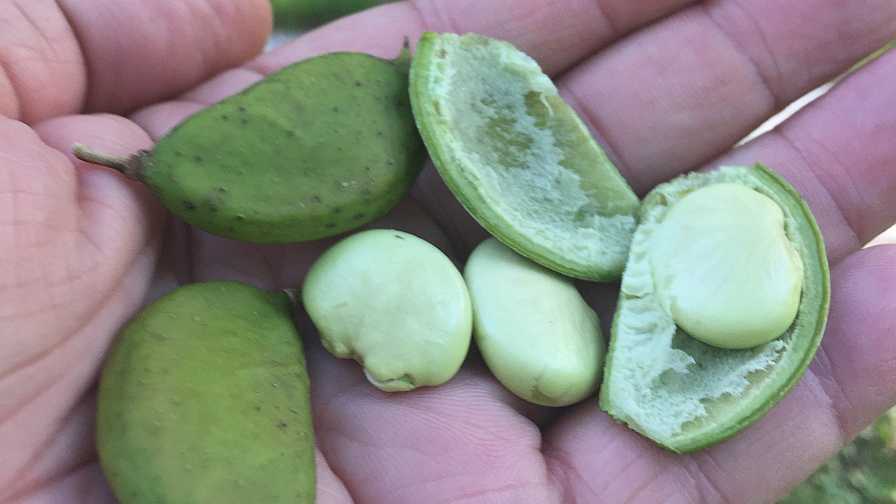
The pongamia tree produces a legume that looks very similar to a butter bean.
Photo by Peter McClure
Legislation allowing the cultivation of industrial hemp looks to get passed into law in Tallahassee this session. It has piqued growers’ interest as another alternative to diversify their risks.
Organics continue to be hot with consumers, and more and more growers are converting part or all of their operations to the practice to cash in on the demand.
Finally, the ways growers can get their produce to consumers is expanding. Online retail is the next frontier, and the digitally connected consumer will provide new opportunities to the savvy grower/marketer.
Technology Adoption
The drive to become more efficient and productive is the standard all growers strive for to remain viable in an extremely competitive market. Technology from the field to postharvest is enabling growers to stay on the innovative cutting edge. Weather stations, soil moisture monitoring, and sophisticated irrigation/fertigation systems are becoming more standard to maximize water and spoon feed fertilizer to optimize yields and potentially address future nutrient regulations.
Labor-saving innovations like the PlantTape transplanter and the Harvest CROO strawberry-picking robot could soon be coming to a field near you. New gene-editing technologies could bring unique varieties designed to yield more and produce specific desirable traits.
In the digital age, these technologies will come even faster. For this reason, Meister Media Worldwide (the parent company of Florida Grower magazine) has launched the Global Precision Initiative, which will delve into the strategic global view of precision agriculture and the longer-range impacts of digital farming.
Water Woes
It’s not surprising that a majority of survey respondents believe more regulations are on the way for water. After several seasons of toxic algae blooms and red tides, all eyes are on the growing problem of water quality. It was a focus of the 2018 election and helped elect Republican Gov. Ron DeSantis and Democratic Commissioner of Agriculture Nikki Fried who both campaigned hard on the issue.
DeSantis’ first budget proposal included $625 million aimed at addressing the water crisis. He will propose that same amount over the next three years. He has proposed funding for a blue-green algae task force to review the problem from top to bottom. It is an extremely complex issue with no shortage of finger pointing and blame, with agriculture catching much of the heat.

Algae blooms on Lake Okeechobee were off the charts last summer. According to a report from the New York Times, last year’s algae covered 90% of the surface of the 730-square-mile lake, larger than what officials have seen in the past.
Fried has said water quality will be a top priority of her administration. “We will bring all stakeholders to the table to find and implement real solutions to this crisis, and we will work toward continued, stronger adoption of [agricultural] best management practices that reduce pollution into the water sources upon which we all rely,” she said during a recent Associated Press Day. The question remains in agriculture circles what the commissioner will propose for the best management practices program, which is currently voluntary.
Good Season So Far
While there are plenty of challenges, growers have had a pretty good early season so far this year. The mild winter has contributed to a great quality sweet corn crop with ample volume expected through May. In Mexico, weather conditions reduced imports, which allowed for a decent market for fruiting crops in the early season.
Scroll through the gallery at the top for a snapshot of some of what we heard back from readers.





